Visit Malta, stay on Gozo
With settlements stretching back seven millennia, leaving it with a fascinating cultural heritage, the island of Gozo is a wonderful place for any traveller with an appreciation of history. Measuring just 26 square metres, this Maltese island is not, however, always an easy holiday destination – it can be hugely rewarding, but to make the most of it, be prepared for plenty of walking, bumpy bus journeys and a dry sunny climate.
View of Gozo from the island’s ferry terminal © Paul Wheatley
The people - Gozitans
‘I’ll call my wife,’ said the taxi driver, who we’d met just 15 minutes earlier, as we rushed around looking for a taxi, desperately hoping not to miss our plane back to Munich. ‘She’ll tell you all about prickly pears, how tasty they are, and about the population of Gozo.’
Before we realised what was happening, Mary was on the line in the taxi, explaining the virtues of everything from Gozo’s fresh fruit and veg to the warm-heartedness of the island’s inhabitants. We’d already learned from her talkative, amenable husband that they had a daughter living in Cornwall, on Britain’s south coast. In truth, if it had been at the beginning of our trip to this wonderful Maltese island, we might have passed off such behaviour as an oddity. But this was our last day, our return trip to the airport, and we knew full well that Gozitans were as warm, hospitable and friendly a people as you might ever meet. We were disappointed to be leaving after just five days here.
Occupations
Gozo has a history of civilisation stretching back to around 5,000 BC (check out the Ggantija Temples, dating from 3600 – 3200 BC), well before ancient civilisations such as Greece and Rome, both of which later occupied the island. Byzantine occupation was followed by that of the Arabs, from 870 to 1127, which today is recalled in countless place names (including Gozo itself) and the local Punic language – many words can be understood by contemporary Arabian speakers.
Inside one of the 46 churches on Gozo © Paul Wheatley
More recently, European dynasties dominated Malta and therefore also Gozo. There was the epic 1565 Turkish siege of Malta, famously fought off by the Knights of St John, who in turn lost the archipelago to a Napoleonic-led France, in 1798. Brief French rule was quickly followed by British rule, who finally left in 1964 – the legacy of this final colonial power is seen in the almost universal use of English (as a second language), the availability of British food (some good, some bad), British three-pin sockets, driving on the left and fabulous red phone boxes – it even has its own rugby club.
In short, the result of 7,000 years of settlement on Gozo, taking in ancient civilisations, Arab rule and European domination, leaves today’s 37,000 Gozitans (Malta has a total population of 416,000) with an island rich and diverse in culture, language and architecture.
Sunset view from the ferry, on the way from Malta to Gozo © Paul Wheatley
Getting there
Getting to Gozo from our base in Munich wasn’t difficult, but it’s easy to see why some people might feel it is a bit more of a burden than a modern break to recharge the batteries might be. The flight to Malta airport is two hours, and it costs around €65-€80 for a taxi from there to your destination on Gozo – a taxi to our hotel, Ta Tumasa (review to come), in In-Nadur, would have cost €67 and taken around half the time as a bus. Such taxis include a 20-minute ferry journey from Malta – past the tiny island of Comino – to the ferry terminal on Gozo.
Without a taxi, visitors need to get the aforementioned bus from the airport, which goes right through the heart of Malta and takes around an hour and 40 minutes. From Gozo’s ferry terminal, it’s then a 20-odd-minute bus trip to the capital, Victoria, where many people choose to stay – it’s around the same to Ta Tumasa.
Tip: Taking a bus from the airport saves money and you get to see towns and countryside across the island. But it’s a long time to be on a bus, which is often packed, though public transport is clearly much better for the environment than a taxi.
Getting around: buses and walking are best
Visitors can hire cars, scooters and bikes, but all three have drawbacks. While the odd taxi makes life easier, using cars and scooters for days at a time are far from the most environmentally friendly mode of transport – and add to the cost of your holiday. In addition, there are far too many cars on the roads of Malta and Gozo without tourists adding to the burden.
Bikes can be a good idea, but Gozo is a very hilly island and you’d need to be fairly fit and determined to successfully navigate the sometimes hazardous roads and lanes. Bikes may be best when you are confining yourself to small, local areas that you are familiar with. For travelling in a locality such as In-Nadur, walking is certainly the best method of getting around and seeing the sights.
Gozo has a new fleet of buses that you can take to just about anywhere across the island. Admittedly, they were a bit hit and miss in In-Nadur, sometimes full so they went straight past, and often even the locals didn’t understand which was the correct bus stop. We never had any problems with buses from Victoria Bus Terminus, however - all were pretty much on time and it was east to work out from where we had to catch them. Overall, buses are the best option for getting around.
Prickly pears, deliciously fresh, whether red or yellow © Paul Wheatley
A little piece of the Middle East?
I travelled to Gozo with my partner, who is from Iraq – much travelled around the Middle East, she was astonished at how familiar the landscape and architecture was to her (as an aside, the dry arid landscape is perfect for cacti, for example, and when we were there, early October, there was an abundance of prickly pears, which sprawl down from the edges of numerous fields and gardens, their delicious fruits waiting to be picked). Lemon trees are abundant, as are limes, and we even found wild parsley growing somewhat unlikely from under the corner of a street house in Victoria.
Measuring just 14 x 7.25 kilometres, and still largely Catholic, the island is home to an incredible 46 churches, some of them superb. Nevertheless, traditional-looking Middle Eastern architecture is everywhere – we didn’t expect it to such a degree: vernacular, low-cost (not to be mistaken for low-quality) cube-shaped housing (clearly, climate and the local environment play a role) predominates, created from sandstone blocks with flat roofs and often with bamboo or white linen across windows and doors for shade. Particularly in the In-Nadur area (but perhaps across Gozo?), late every evening, we saw old men, skin deeply tanned by years of exposure to the baking sun, often with slender, lithe bodies, sitting morosely on the invariably narrow pavements until the early hours. We could never work out why. Regardless, the atmosphere was lifted as soon as they spotted us, greeting us with a friendly smile and an instant ‘Good evening!’ or ‘Good night!’
Indeed, the genuine friendliness – manifested in countless examples of helpful advice – of the islanders was the most uplifting experience of the entire trip.
Gozo is packed with architecture reminiscent of the Middle East-like © Paul Wheatley
Little Heaven Fish & Chips © Paul Wheatley
The capital: Victoria
It’s a few minutes by foot from the capital’s Bus Terminal to the heart of the Victoria – on the way, look out for the handful of bakeries that sell fabulous traditional pasties and pies (see Food below), filled with choices of cheese and meats ... and peas, which somehow work as the main ingredient.
Off St George’s Square, the heart of the tourist area, with its cafés, restaurants and bars, is a warren of wonderful narrow streets (roughly along and off Triq That Putirjal Karta), with a mixture of traditional houses and shops. Testament to years of British rule, there are a handful of fish and chips shops, with Little Heaven Fish & Chips at St Francis Square serving up excellent fish.
Naturally, the further you go from the capital’s tourist hot spots the more you see where and how most Gozitans live, notably reflected in a plethora of run-down and impressively renovated homes side by side – such as along Ghajn Qatet St, off St Francis Square, also home to the impressively housed Ministry for Gozo. An hour’s walk up and down this street is a pleasure for anyone interested in a glimpse of the old-style architecture of the island.
Most visitors will visit the Cittadella, a complex of buildings that makes up the ancient fortified city, to where the population would retreat when under attack. It costs €5 for the museum, which is pretty unremarkable, though the cathedral is well worth a visit. Much more fun is to simply walk around the whole Cittadella, take in the amazing architecture and sit in awe at the sensational view across the island from this historic, elevated position.
Gozo’s Citadella is a big draw for visitors © Paul Wheatley
Summary
When to visit: its climate ensures that there is pretty much year-round sunny, warm or hot weather across Malta. For me, this means the best time to come is early autumn, after the crowds of tourists have subsided somewhat, or in spring, before they arrive. If you want to enjoy the late fruits of the prickly pears, they’ll still be there in October.
Food: to be honest, many restaurants and cafés were pretty underwhelming. Perhaps, this is because the comparison for us is Munich, where the overall standard is high. While there may (or may not) be something in this, more likely is that we were only there four nights (five days) and could obviously only try a limited number of eateries.
You can get a British breakfast in many places (not sure why you’d want to leave Britain and then eat a British breakfast) plus Italian pastas and pizzas, neither of which were great. We found that rather than look for the usual international cuisine, it was best to opt for local Gozo dishes.
The famous miniature pies and pastizzi (similar to small flaky pastry pasties, mainly filled with peas or local ricotta, but also meats), found in countless small bakeries, are a joy, and great as a quick bite when walking around. There are a handful near Victoria Bus Terminus, on Triq Giorgio Borg Olivier, that were as good as any we found across the island – eaten not long after baking, but not too hot, was best. If they’ve been sitting there for hours and start to look very brown, look somewhere else.
The two best places we visited for food were places you’ll find in most travel books about Gozo, and both are in In-Nadur, the location of our hotel – of course, they’ll be many other places serving good food.
1. The Fat Rabbit: attached to the Quaint Hotel (there are five Quaint hotels across Gozo), this is a decent restaurant – and it serves more than rabbit. We ordered fish, which was succulent, clearly fresh, though puzzling our salads were served without dressing (it surely can’t be one of those odd hangovers from British rule!). The service was – as expected from such hospitable people – excellent and overall the both meals were good, if not outstanding. If you’re located in the area, then it’s certainly worth eating here. It’s probably not, however, somewhere you’d travel across the length of the island for if there were a good restaurant nearer by.
2. Maxokk Bakery: this place really is as good as its reputation. Ftira are a Gozo speciality, and though they are compared to pizzas (which they also serve), they are much better. The bakery (Google Maps here) has been in the family for more than 90 years, and luckily for us, it was next door to our hotel (not by design – purely by chance). Entry immediately sets the scene: a long dark room, lit by a few lights and the glow of the blazing oven at the far end. There are few airs and graces, and you’ll be greeted by perhaps a son, grandmother or another member of the family, at the same time as they’re busily putting together the ftira. It’s more like a food workshop than anything else, and much better for it.
Bread forms the basis of every ftira, and there are a choice of toppings (sea food, meats and vegetables, for example). The basic version, potatoes and local cheese, plus a feathering of herbs, is enough, baked at a high temperature for a few minutes, emerging partly golden and steaming. They’re delicious – once cooled down, not hot, because this is when the tastes comes together.
If you have the time when on Gozo, head over to this In-Nadur bakery, get a take-away (they also sell beer and soft drinks) and wander around the roads, check out the street scenes and take in the sandstone houses – and when you pass a local in the street, don’t put your head down or look the other way. Many will be happy to pass the time of day, even it it’s a simple ‘Good evening!’
Gallery

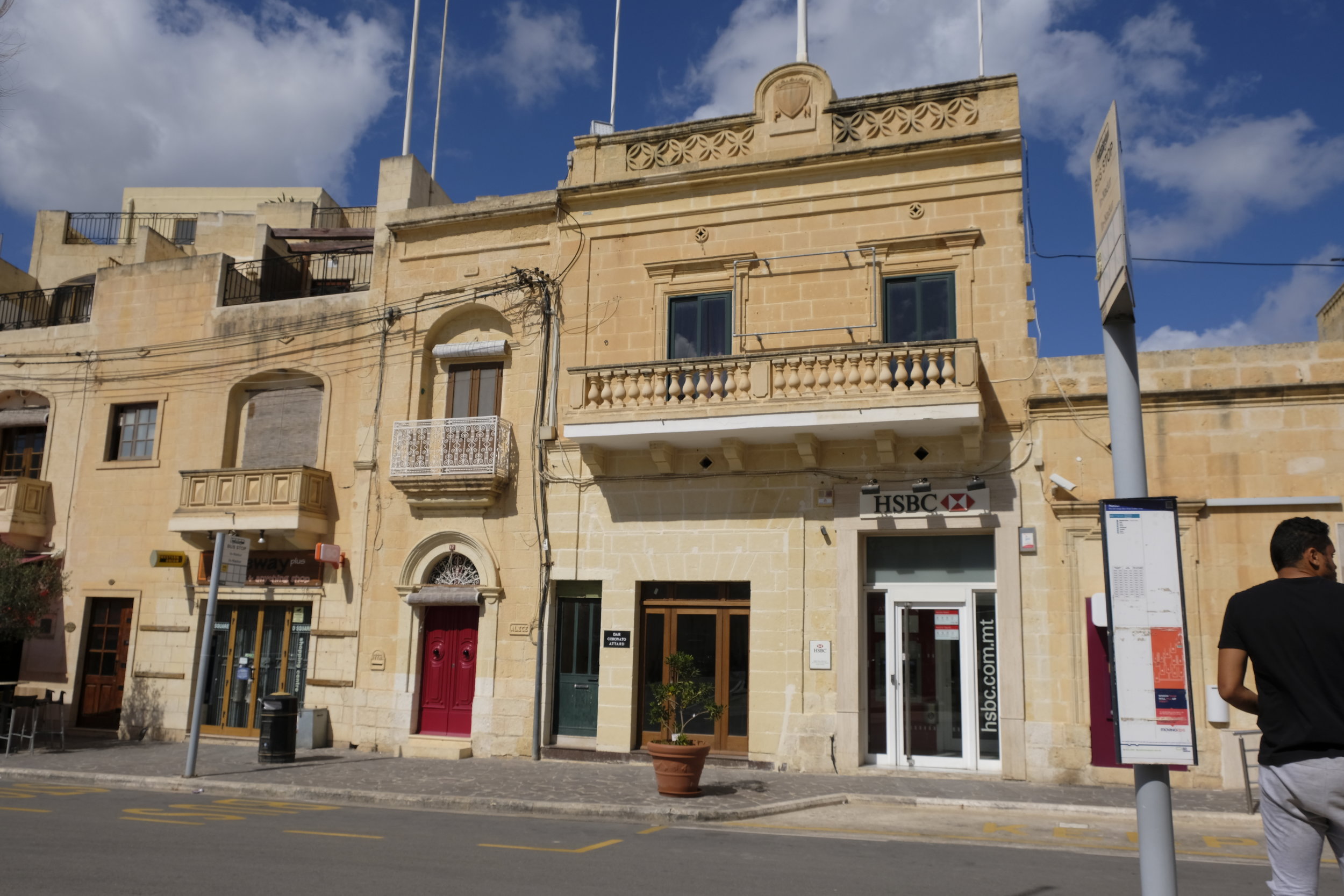
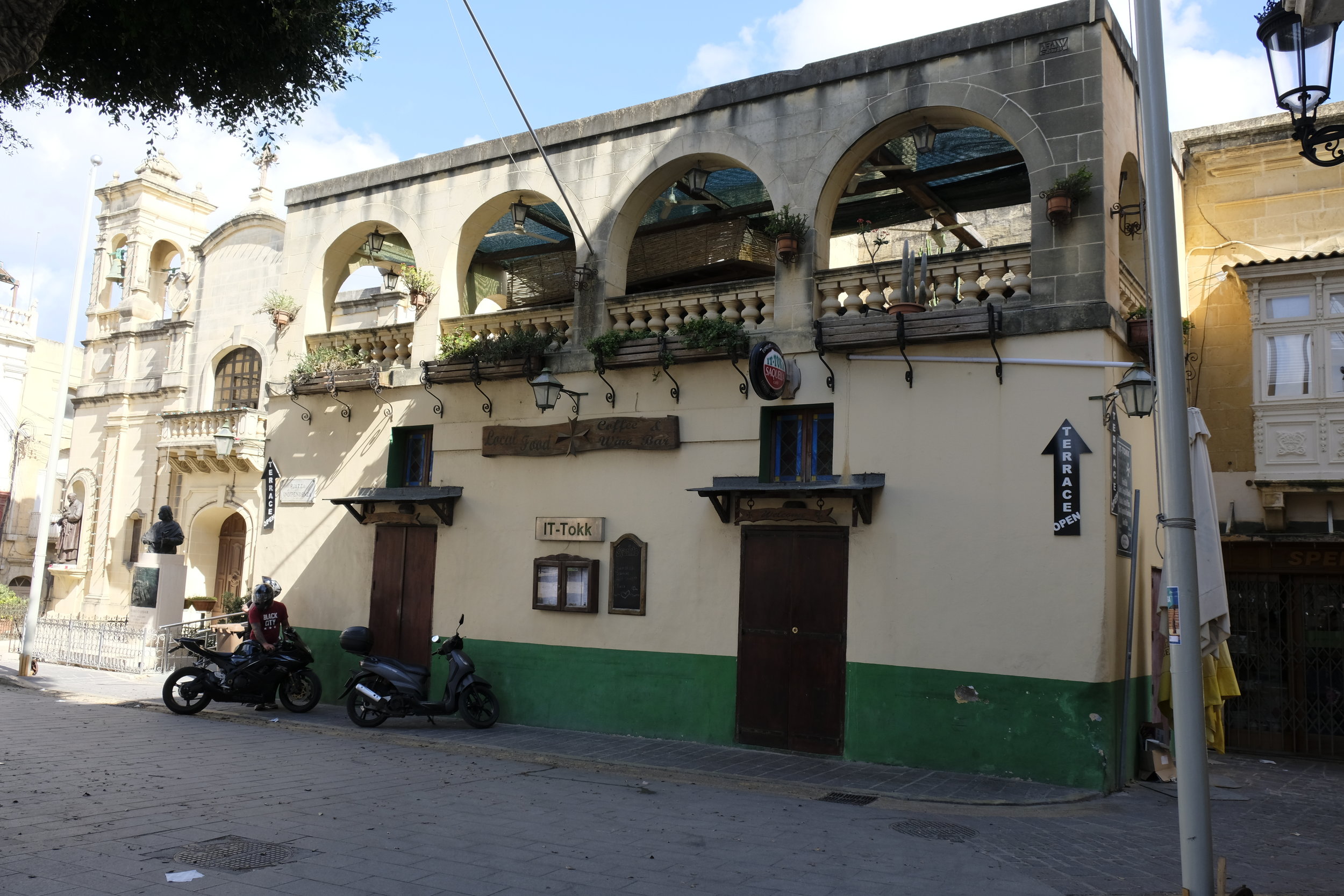
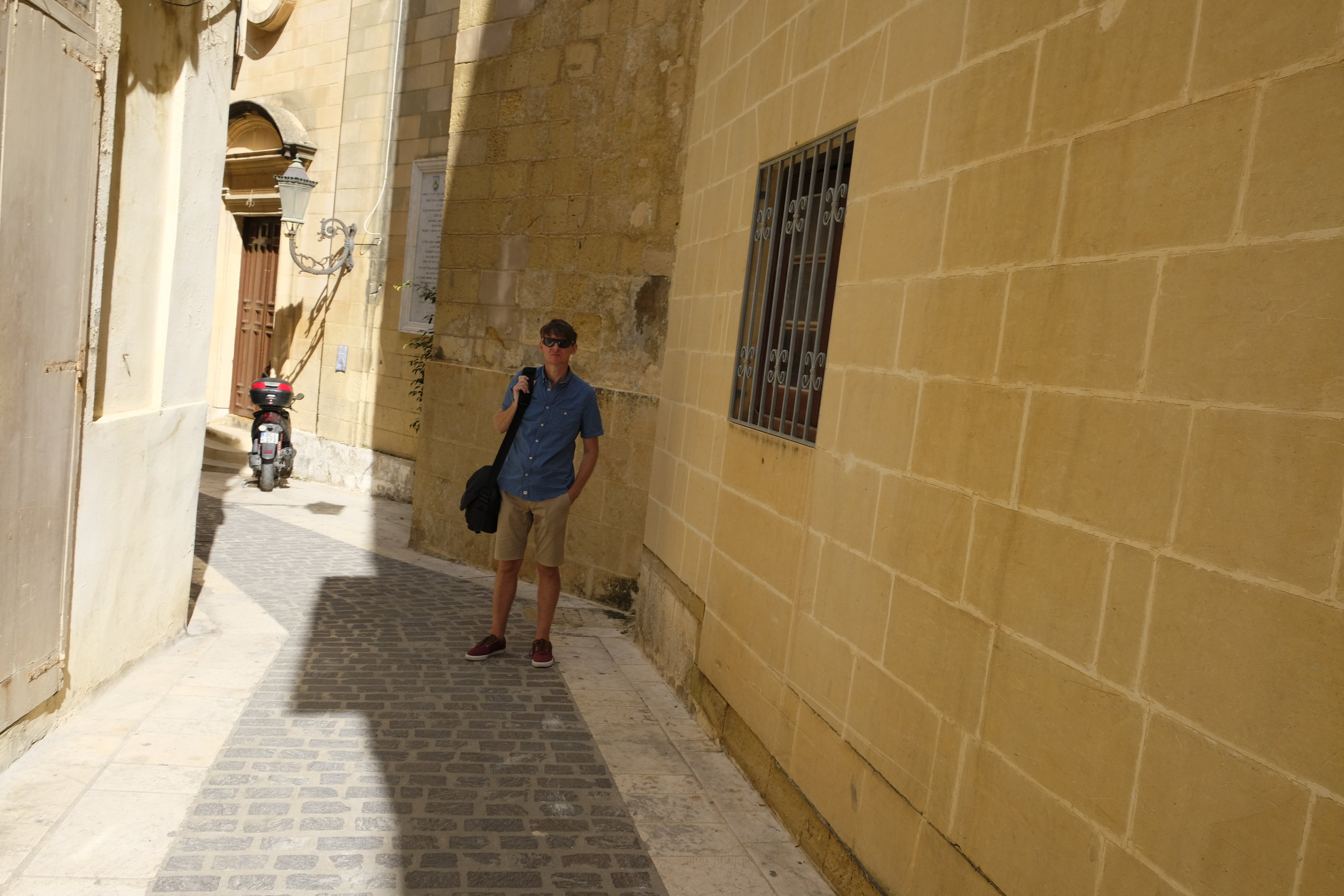
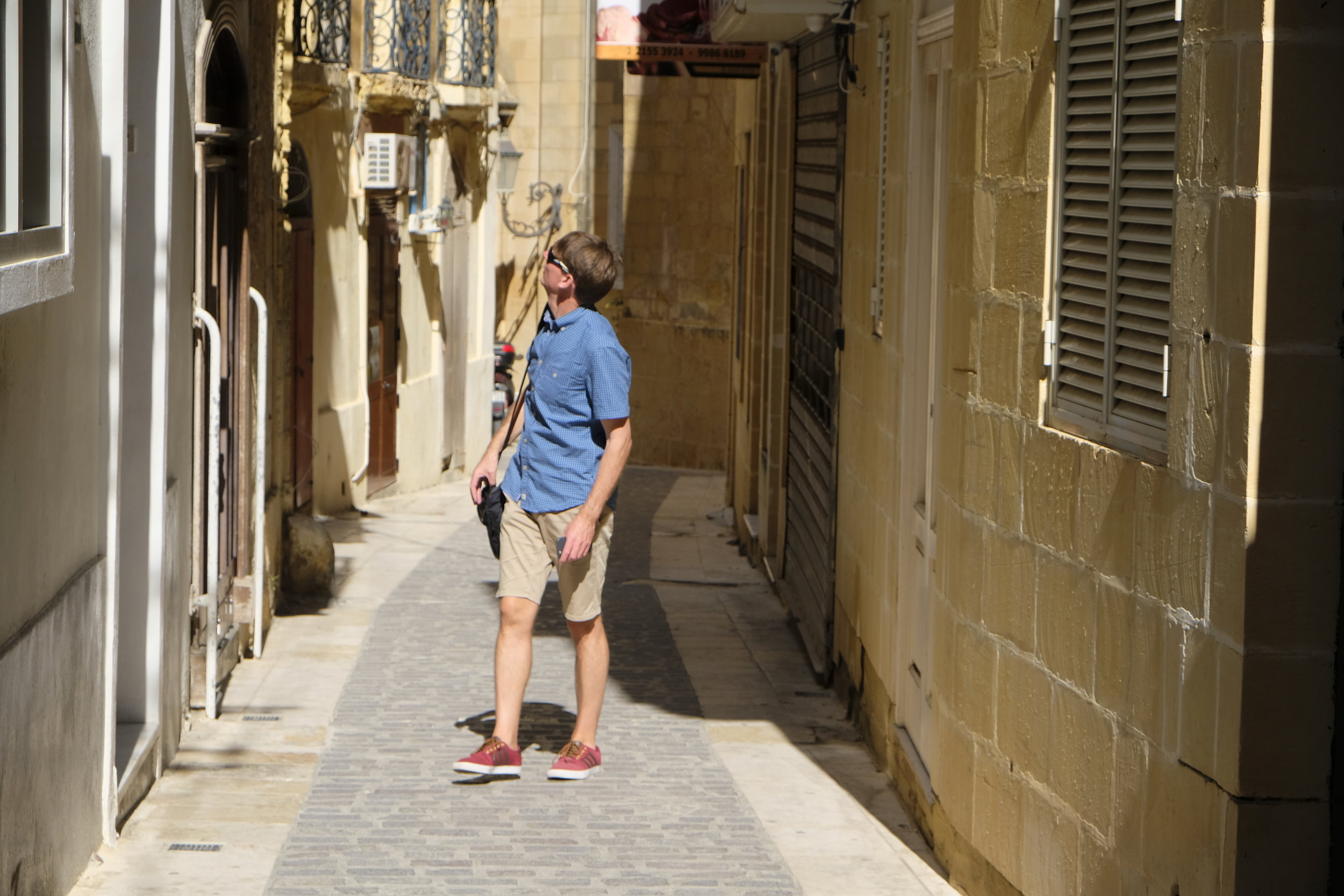



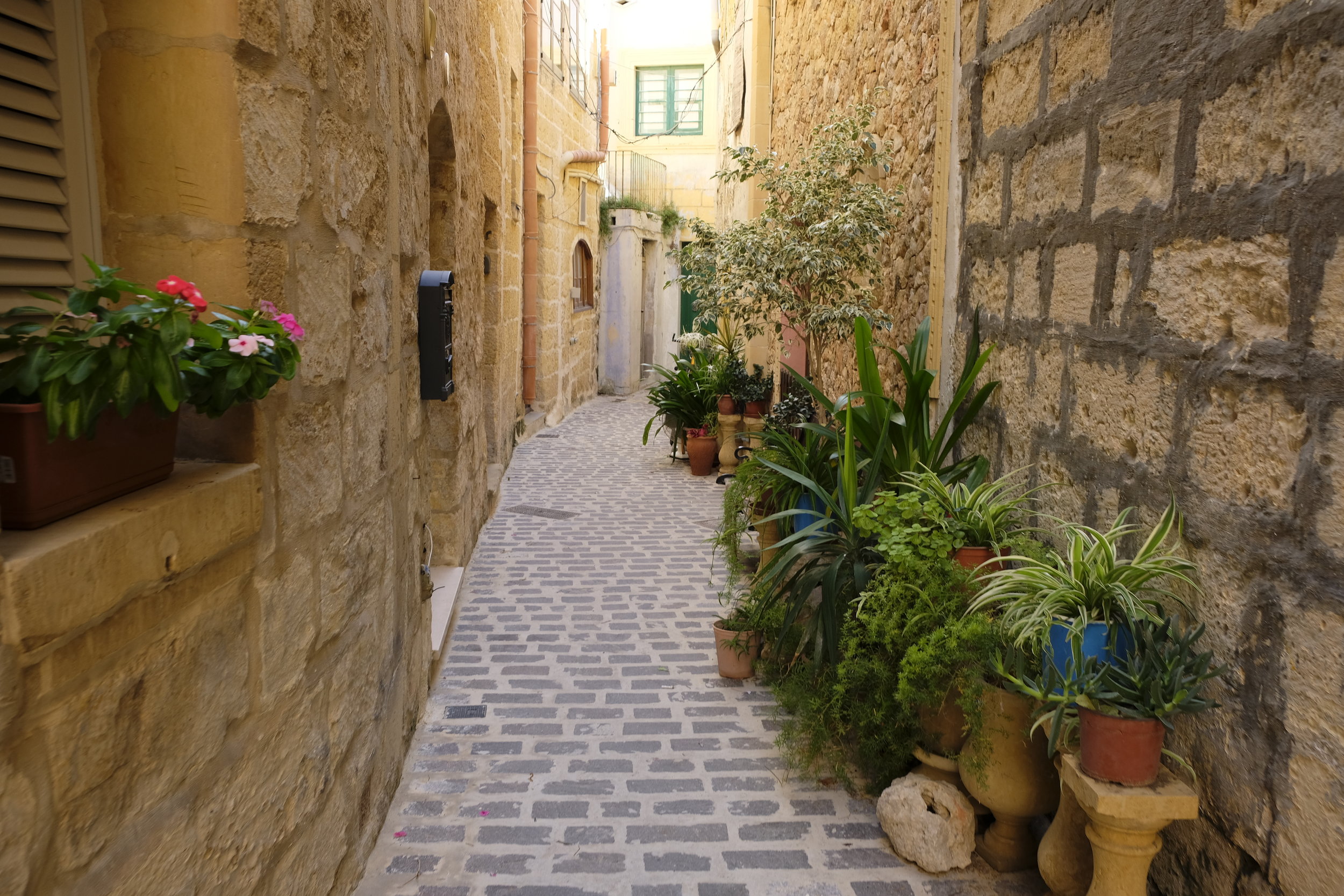

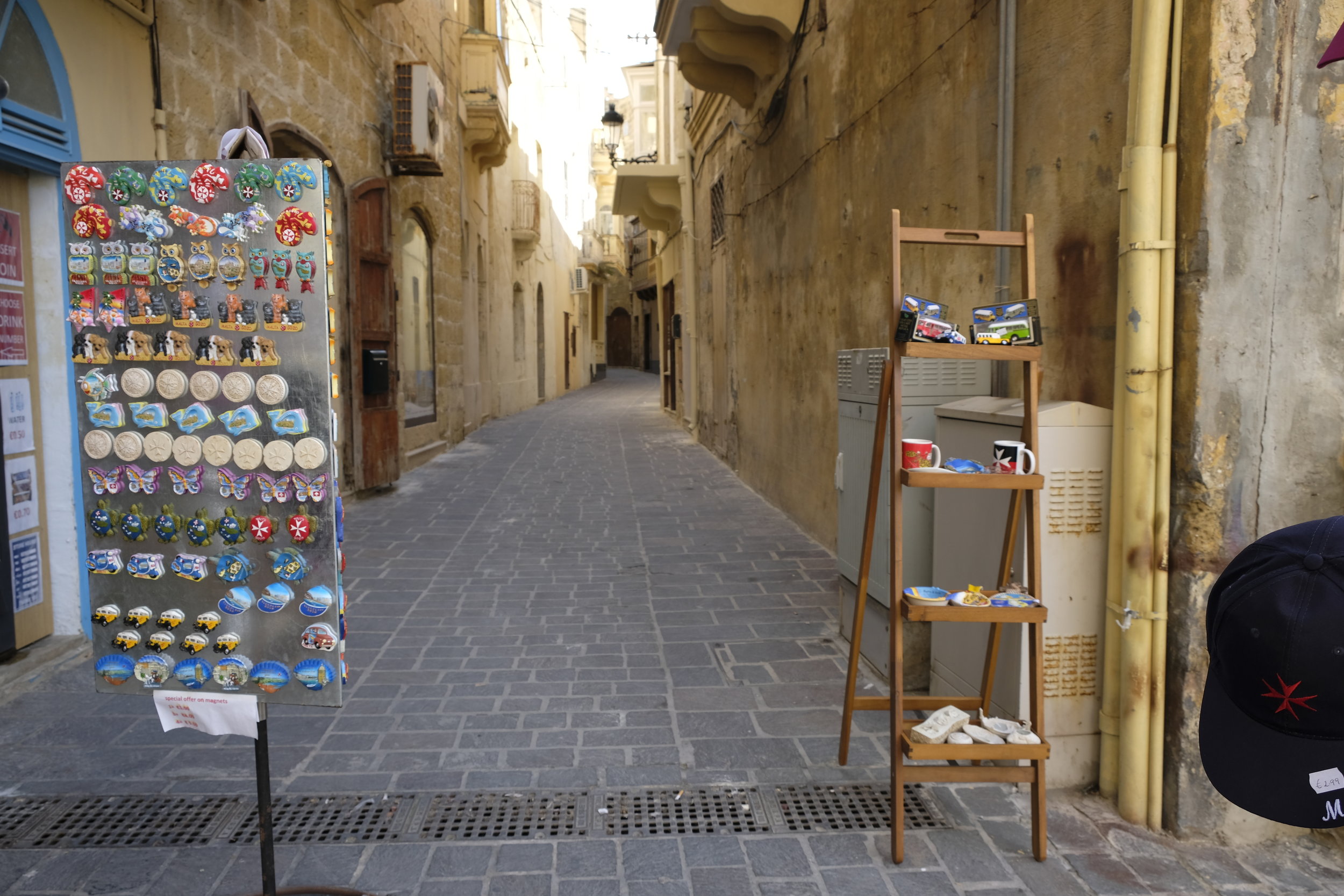
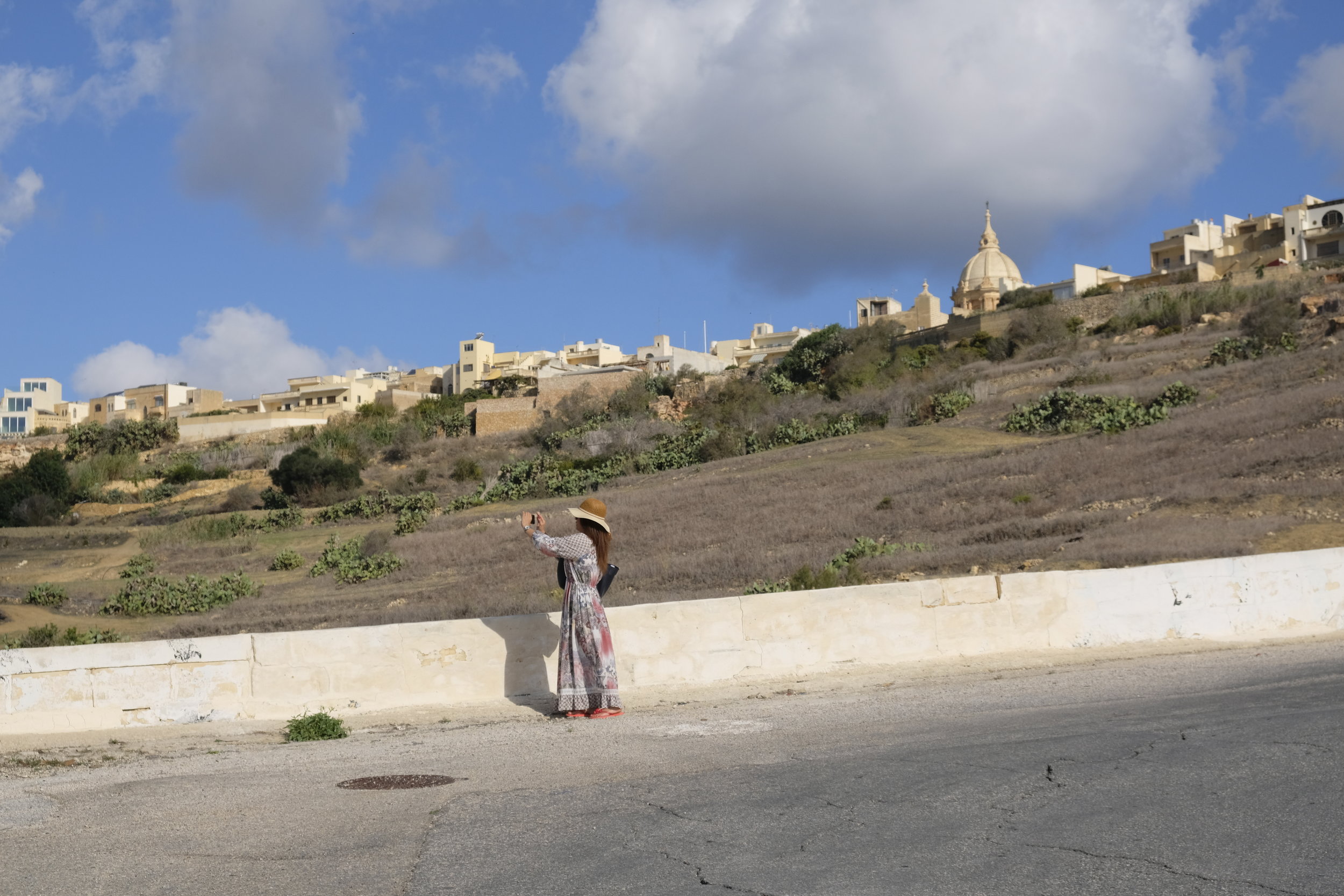
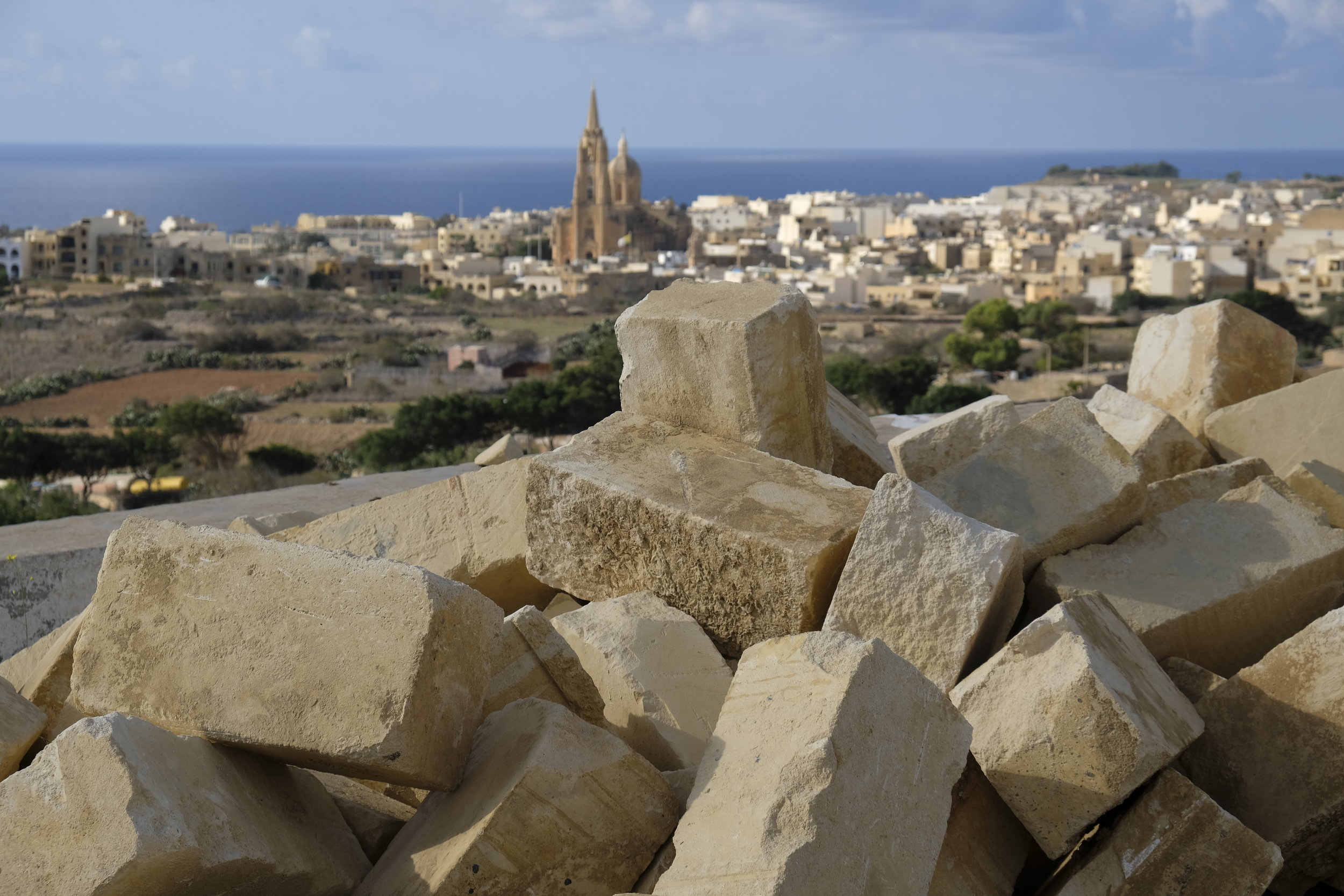
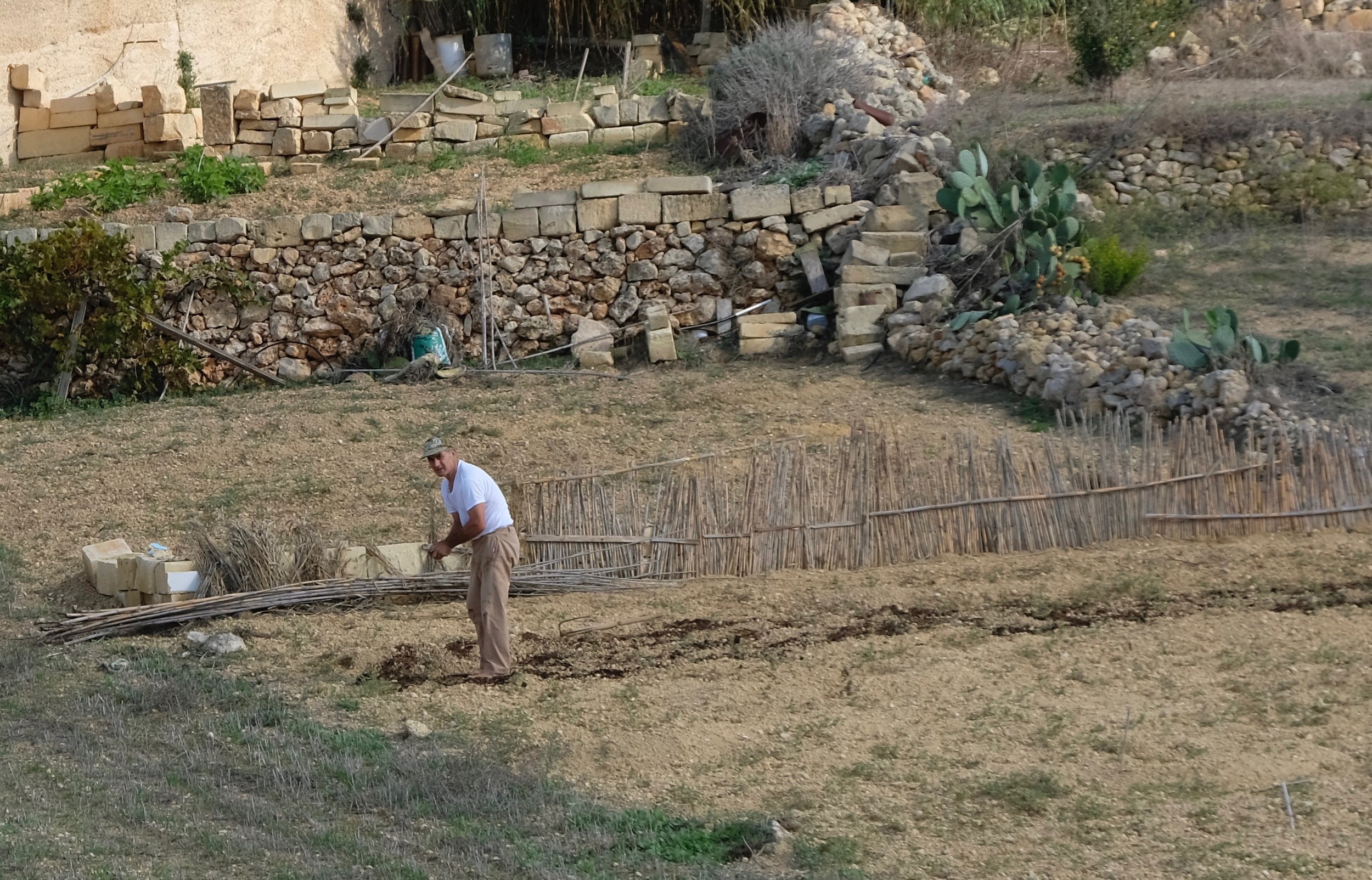

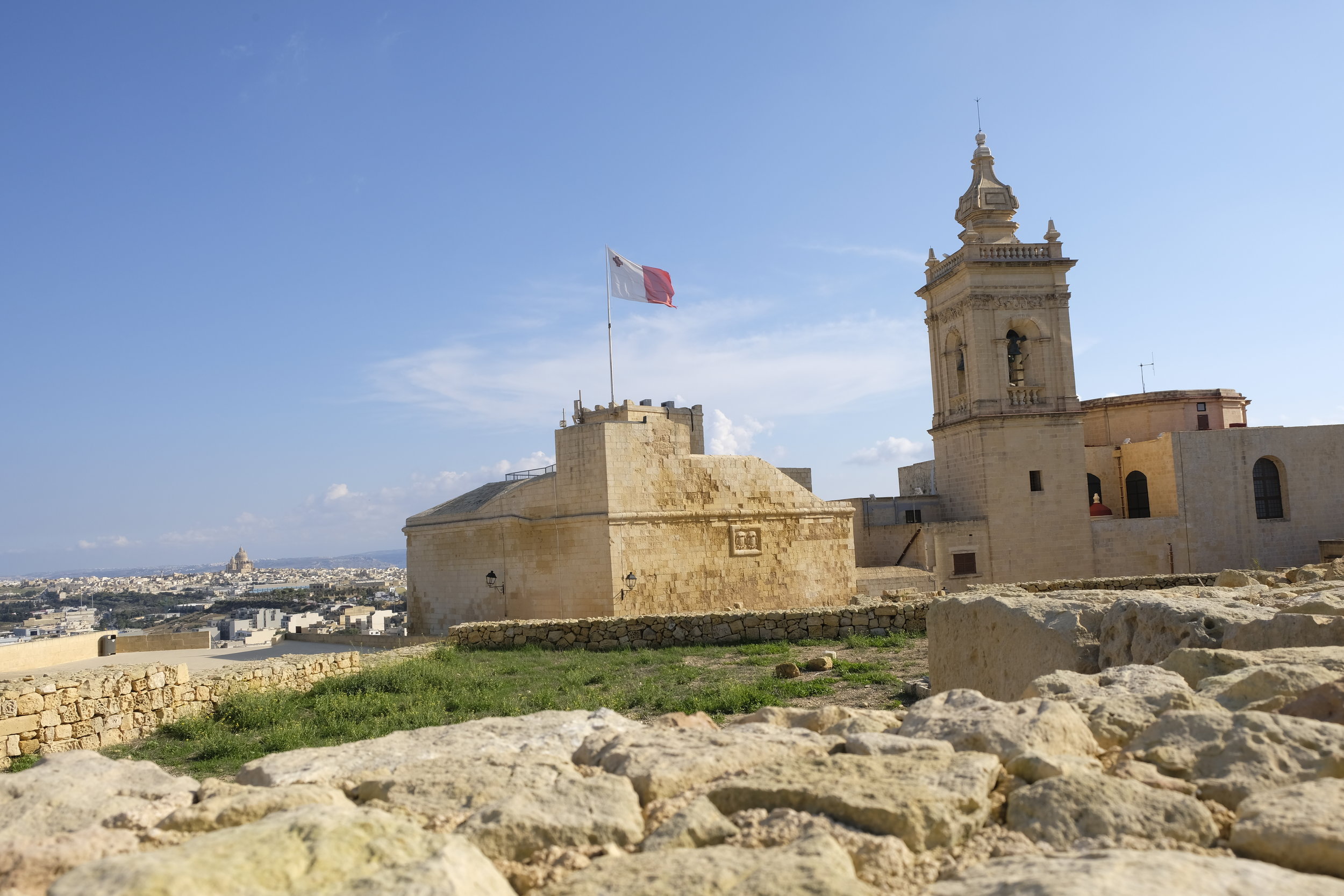

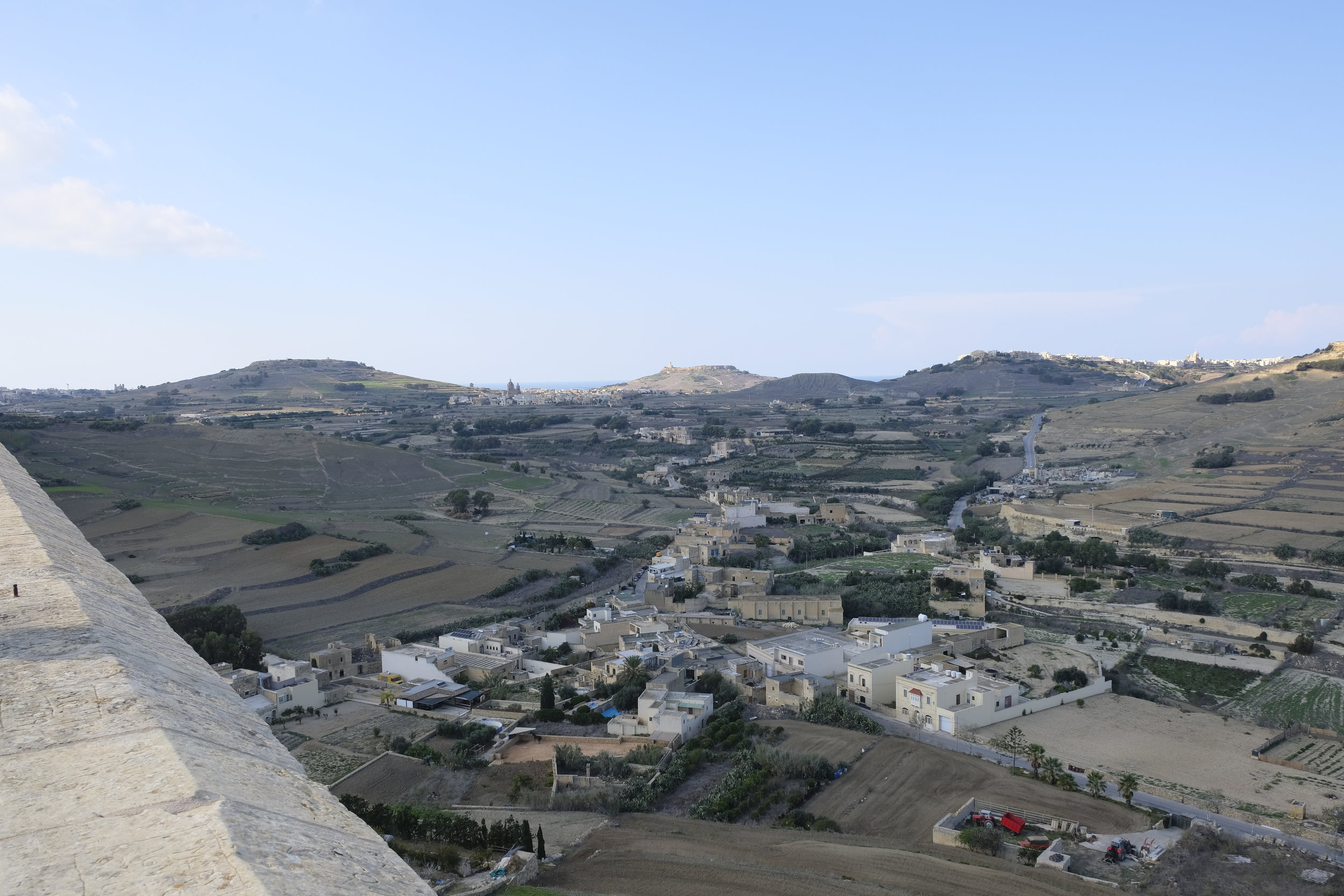








-
October 2025
- Oct 16, 2025 New study reveals Munich travel habits Oct 16, 2025
-
August 2023
- Aug 29, 2023 Argentina's Andes: beauty and tranquility Aug 29, 2023
-
January 2020
- Jan 8, 2020 Surprised CSU grassroots rejected a Muslim? Jan 8, 2020
-
December 2019
- Dec 13, 2019 It’s not just MPs who you’ve lost Dec 13, 2019
-
July 2019
- Jul 4, 2019 Robert Andreasch, worthy winner of Munich journalism award Jul 4, 2019
- Jul 1, 2019 Munich police raid on refugee shelter leaves mother with broken arm and son arrested Jul 1, 2019
-
May 2019
- May 5, 2019 New Pinakothek, exhibition: Die Neue Heimat (1950-1982), A Public Housing Corporation and Its Building May 5, 2019
- May 1, 2019 Spotlight magazine - Munich’s Brits: a sporting community May 1, 2019
-
April 2019
- Apr 17, 2019 Paris and Taq Kasra, Baghdad Apr 17, 2019
- Apr 11, 2019 Denmark Apr 11, 2019
-
March 2019
- Mar 8, 2019 Passport decision time Mar 8, 2019
-
February 2019
- Feb 24, 2019 Business Spotlight: Brexit Britain Feb 24, 2019
- Feb 14, 2019 Munich's Fridays For Future Feb 14, 2019
-
January 2019
- Jan 28, 2019 Book Review: The Unravelling. High Hopes and Missed Opportunities in Iraq Jan 28, 2019
- Jan 15, 2019 Book review - John Robertson, Iraq. A History Jan 15, 2019
- Jan 1, 2019 Poverty Safari, Darren McGarvey Jan 1, 2019
-
December 2018
- Dec 28, 2018 Iraqi artist recreates 3D ancient cities Dec 28, 2018
-
November 2018
- Nov 28, 2018 Ireland: Waterford and the King of the Vikings Nov 28, 2018
- Nov 27, 2018 Spotlight: Pakistan Nov 27, 2018
- Nov 12, 2018 Business Spotlight: Israel Nov 12, 2018
- Nov 10, 2018 Business Spotlight magazine: South Korea Nov 10, 2018
- Nov 2, 2018 Thousands of dead fish ... the rivers of Babylon Nov 2, 2018
- Nov 1, 2018 Lacrosse interview – German and US players in Munich Nov 1, 2018
-
October 2018
- Oct 31, 2018 Book review: Alan Rusbridger, Breaking News. The Remaking of Journalism and Why It Matters Now Oct 31, 2018
- Oct 26, 2018 Food: Sababa, Munich's best falafal restaurant Oct 26, 2018
- Oct 19, 2018 CSU loss is a Green gain Oct 19, 2018
- Oct 18, 2018 Gozo's Ta Tumasa & hints of the Middle East Oct 18, 2018
- Oct 18, 2018 The Price of Plastic - For One Turtle Oct 18, 2018
- Oct 14, 2018 Visit Malta, stay on Gozo Oct 14, 2018



